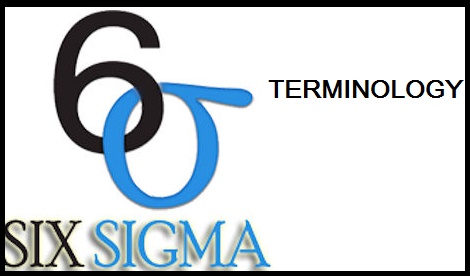Six Sigma (6σ) is a set of techniques and tools for process improvement. This data-driven and disciplined methodology can be used in any processes from manufacturing to transactional and from product to service. It was first introduced by Bill Smith while he was working in Motorola in 1986 and over the years it has gained popularity in different industries and sectors for business improvement.

There are a lot of advantages in using Six Sigma and its positive effects have been the driving force in the effective functioning of many businesses. This is the reason why Six Sigma professionals are still in great demand in various industries.

